
High-Impact Research from Annals of the Entomological Society of America
-
Share
Explore a collection of the most read and most cited articles making an impact in Annals of the Entomological Society of America published within the past two years. This collection will be continuously updated with the journal's leading articles so be sure to revisit periodically to see what is being read and cited.
Also discover the articles being discussed the most on digital media by exploring this Altmetric report pulling the most discussed articles from the past year.
Most cited
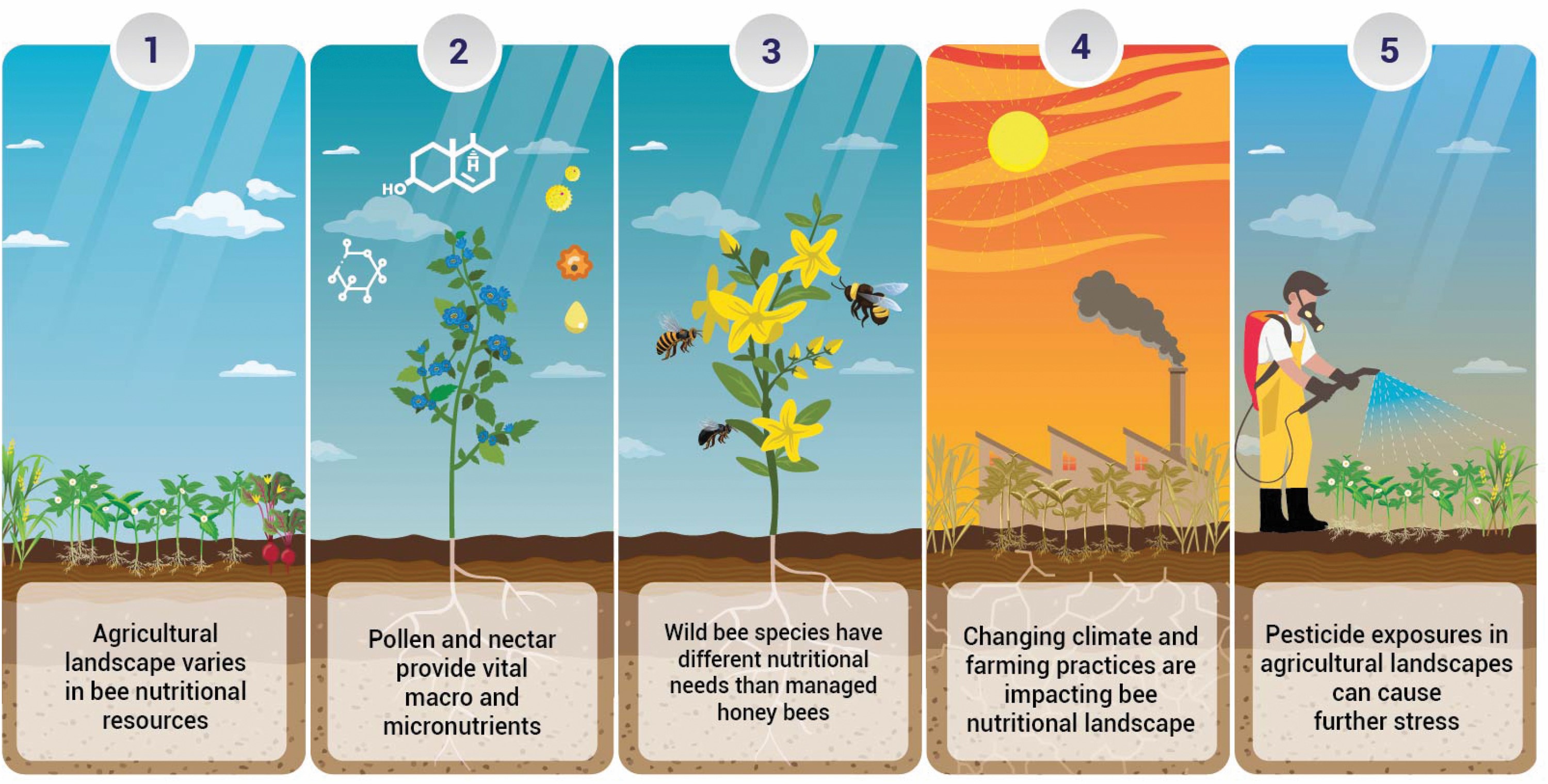 Pollinator nutrition is a highly complex subject that we are just starting to unravel, from the multidimensional nature of bee forage (pollen and nectar) to how the abiotic environment can affect the resources available to bees. Doing so is of utmost importance, as improving pollinator resource availability and nutrition ...
Pollinator nutrition is a highly complex subject that we are just starting to unravel, from the multidimensional nature of bee forage (pollen and nectar) to how the abiotic environment can affect the resources available to bees. Doing so is of utmost importance, as improving pollinator resource availability and nutrition ...
 Over the past 2 decades, digital photography has grown increasingly accessible. This has ushered in a golden age of community science, where nonspecialists share natural history observations from across the globe via digital media. Importantly, these observations are accessible to researchers, who can readily share ...
Over the past 2 decades, digital photography has grown increasingly accessible. This has ushered in a golden age of community science, where nonspecialists share natural history observations from across the globe via digital media. Importantly, these observations are accessible to researchers, who can readily share ...
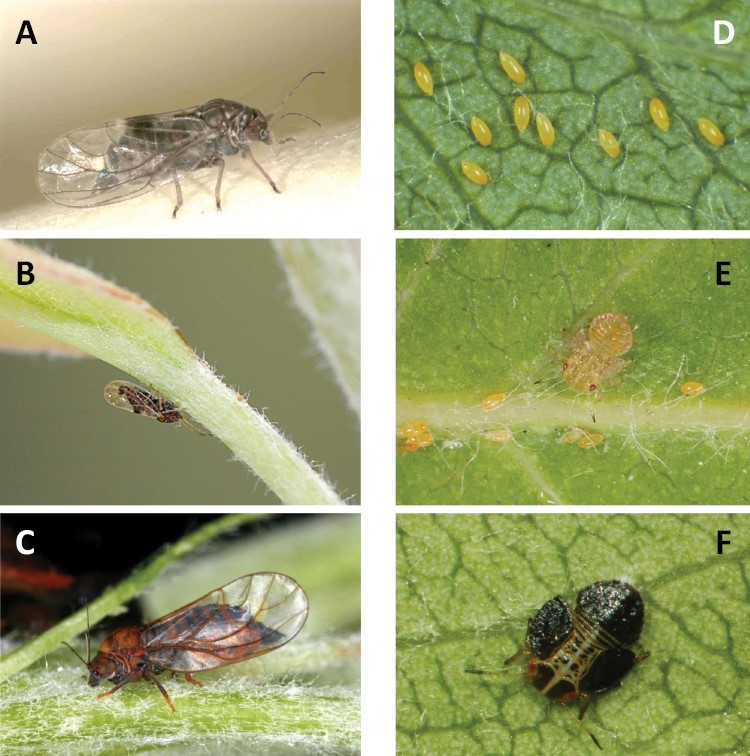 The pear psyllids ( Cacopsylla Ossiannilsson; Hemiptera: Psylloidea: Psyllidae) are a taxonomically difficult group of at least 24 species native to the Palaearctic region. One or more species occur in most pear-growing regions, in some cases as invasive introductions. Existing reviews of this group are primarily of ...
The pear psyllids ( Cacopsylla Ossiannilsson; Hemiptera: Psylloidea: Psyllidae) are a taxonomically difficult group of at least 24 species native to the Palaearctic region. One or more species occur in most pear-growing regions, in some cases as invasive introductions. Existing reviews of this group are primarily of ...
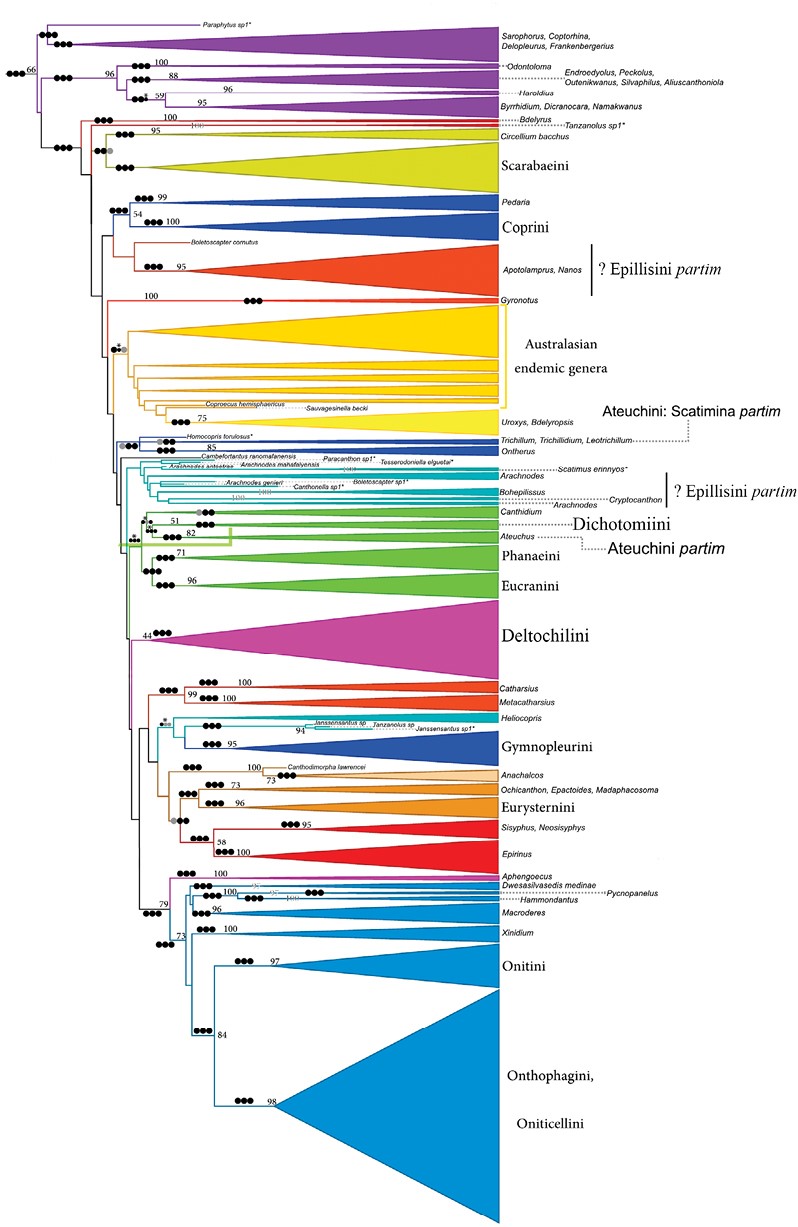 The subfamily Scarabaeinae has been traditionally divided into tribes on the basis of morphological similarity between groups of genera or, even, dissimilarity shown by a single genus. Although various tribal units have been described over the past 220 years, they had been recently reduced to a maximum of only 12 through ...
The subfamily Scarabaeinae has been traditionally divided into tribes on the basis of morphological similarity between groups of genera or, even, dissimilarity shown by a single genus. Although various tribal units have been described over the past 220 years, they had been recently reduced to a maximum of only 12 through ...
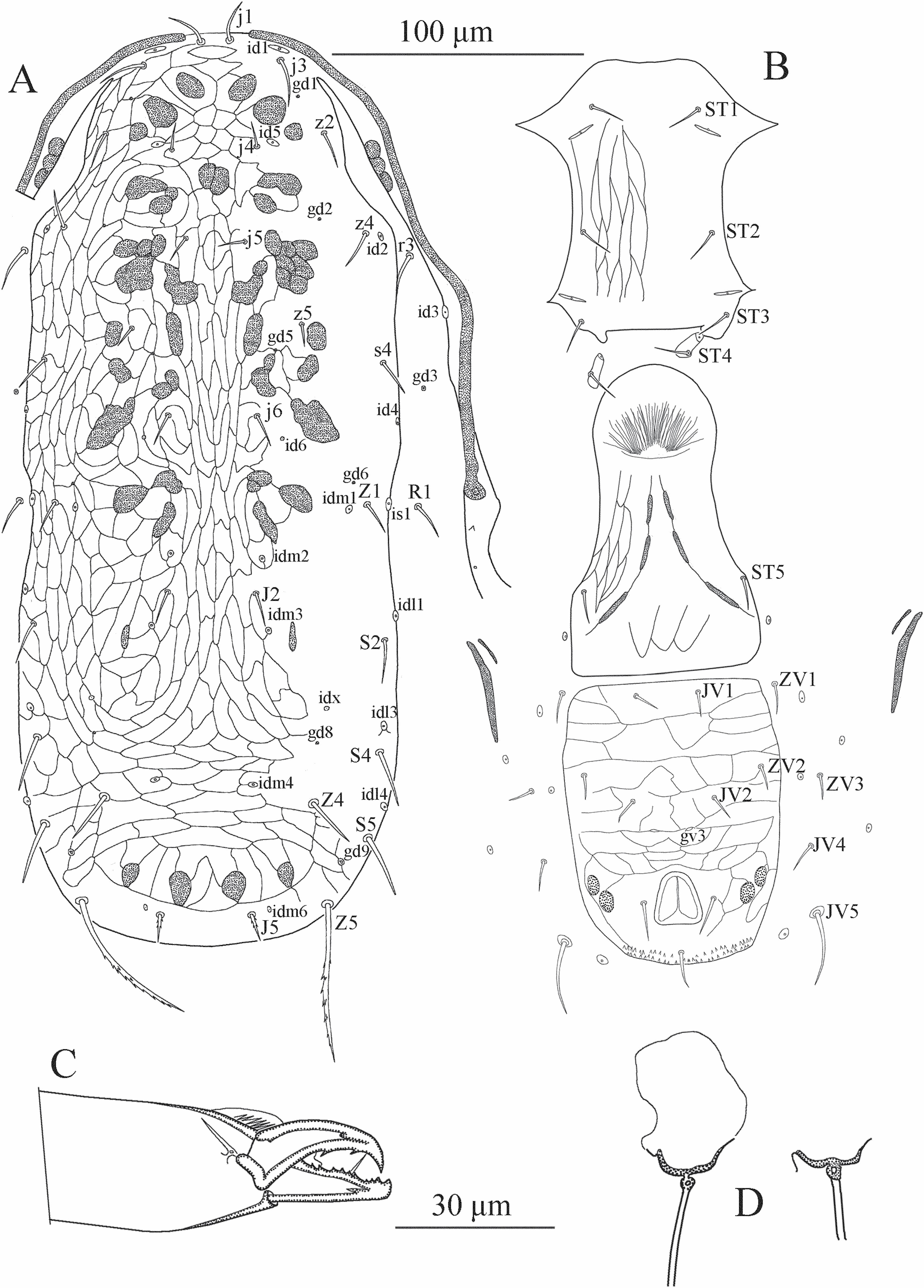 Predatory mites are effective natural enemies of small arthropods, including pest mites and insects, which provide biological control of several crop pests worldwide. The family Phytoseiidae (Acari: Mesostigmata) is a diverse group of predators found in cultivated crops and other habitats containing natural vegetation. ...
Predatory mites are effective natural enemies of small arthropods, including pest mites and insects, which provide biological control of several crop pests worldwide. The family Phytoseiidae (Acari: Mesostigmata) is a diverse group of predators found in cultivated crops and other habitats containing natural vegetation. ...
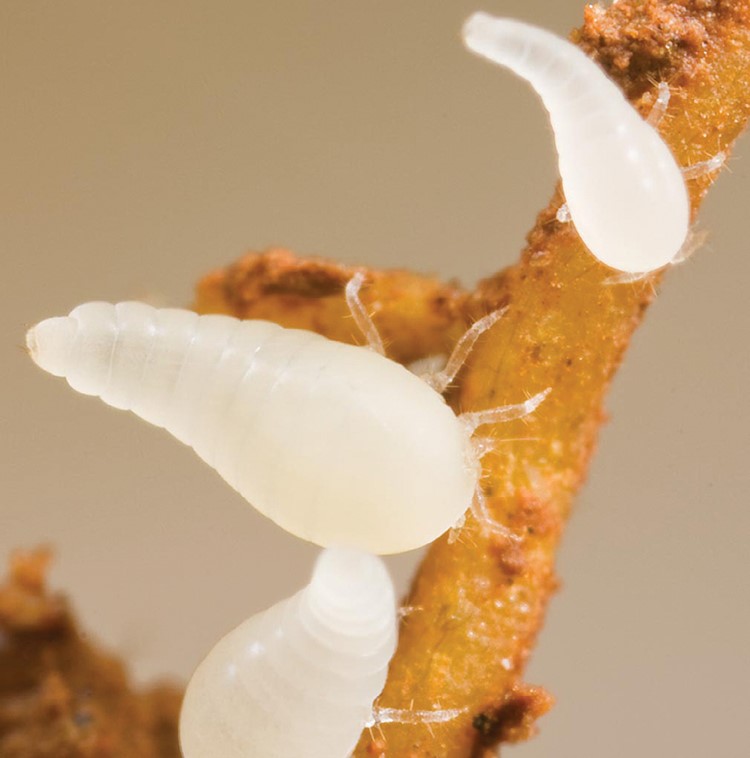 Ants (Hymenoptera: Formicidae) have great potential to exert influence over the morphological evolution of their obligate mutualist partners. Obligately myrmecophilic mealybugs are noted for their unusual morphology, and while this is often attributed to their relationship with ants, a quantitative assessment of this link ...
Ants (Hymenoptera: Formicidae) have great potential to exert influence over the morphological evolution of their obligate mutualist partners. Obligately myrmecophilic mealybugs are noted for their unusual morphology, and while this is often attributed to their relationship with ants, a quantitative assessment of this link ...
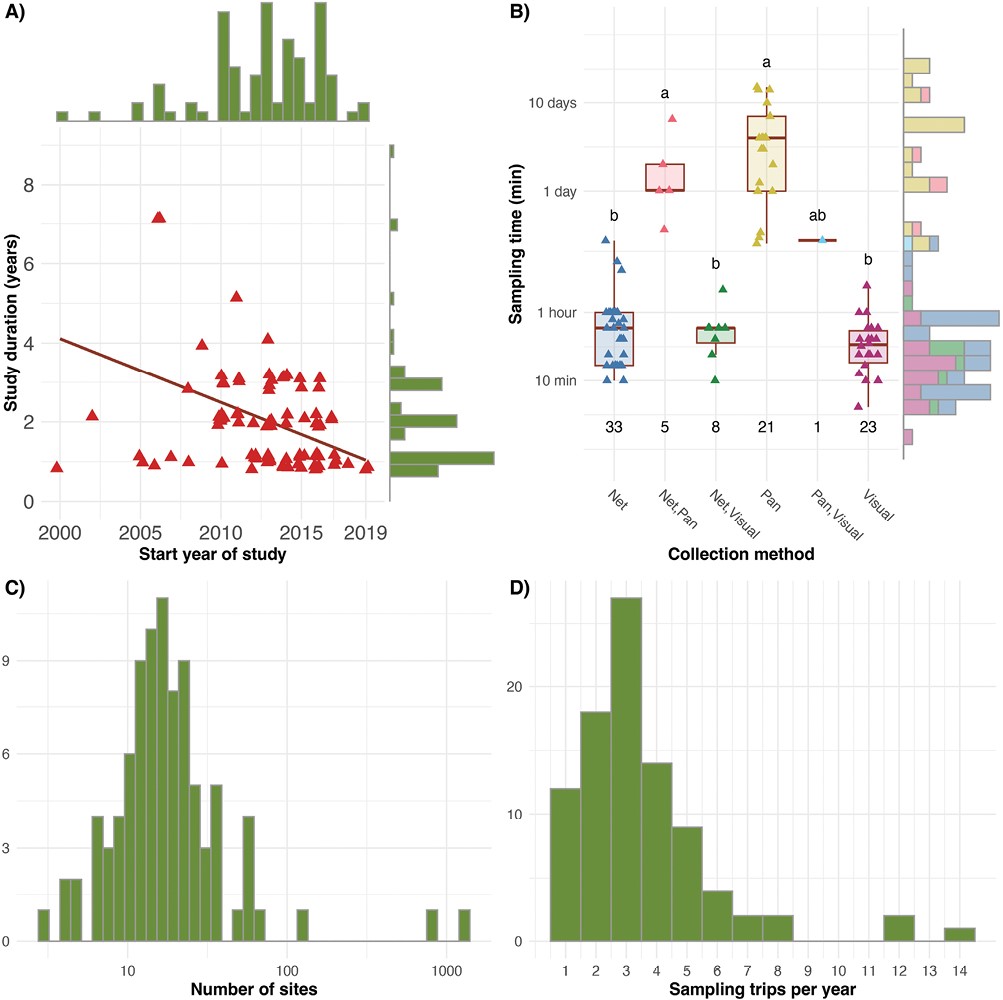 Pollinators are critical for agricultural production and food security, leading to many ongoing surveys of pollinators (especially bees) in crop and adjacent landscapes. These surveys have become increasingly important to better understand the community of potential pollinators, quantify relative insect abundance, and ...
Pollinators are critical for agricultural production and food security, leading to many ongoing surveys of pollinators (especially bees) in crop and adjacent landscapes. These surveys have become increasingly important to better understand the community of potential pollinators, quantify relative insect abundance, and ...
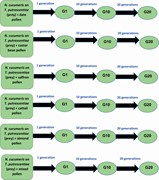 The phytoseiid mite Neoseiulus cucumeris (Oudemans) (Acari: Phytoseiidae) is one of the well-known natural enemies across the globe which can feed on different types of pests and pollen grains. This predator was reared on the mixture of the stored products mite, Tyrophagus putrescentiae (Schrank) (Acari: Acaridae) (as prey ...
The phytoseiid mite Neoseiulus cucumeris (Oudemans) (Acari: Phytoseiidae) is one of the well-known natural enemies across the globe which can feed on different types of pests and pollen grains. This predator was reared on the mixture of the stored products mite, Tyrophagus putrescentiae (Schrank) (Acari: Acaridae) (as prey ...
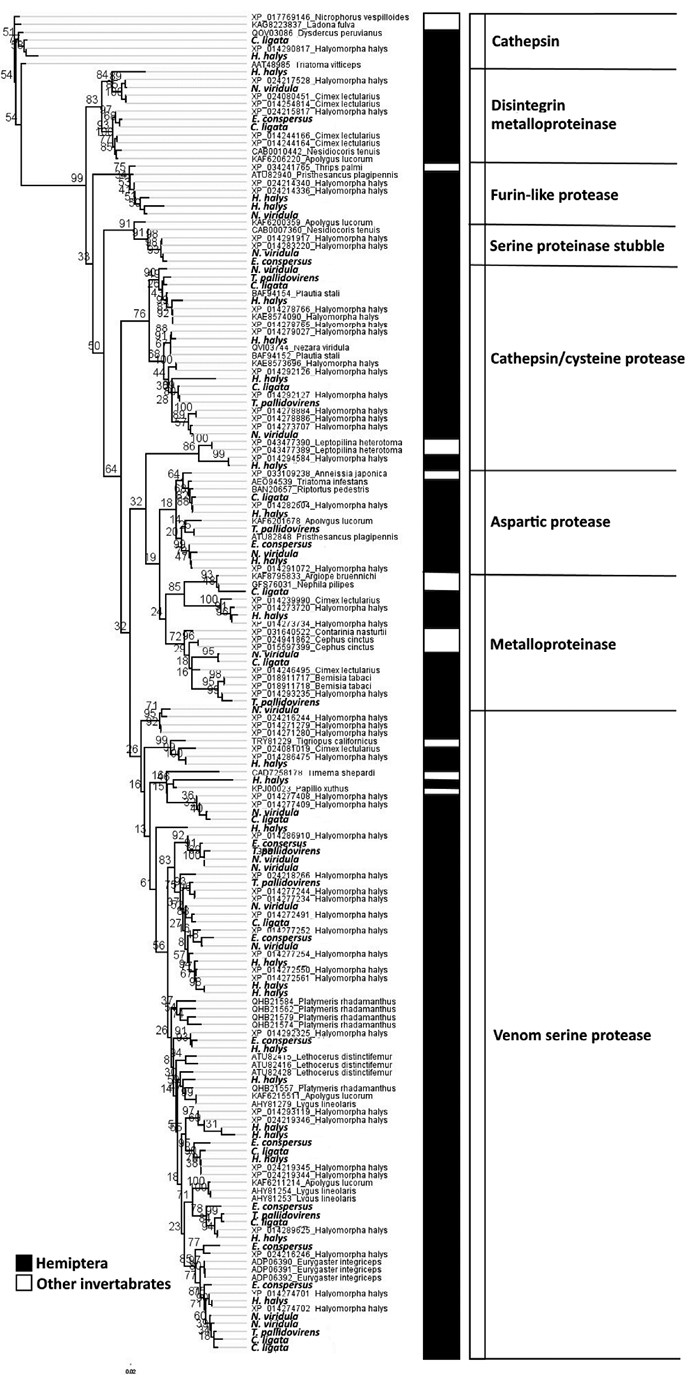 Stink bug (Hemiptera: Pentatomidae) development typically requires feeding on a diversity of plant species and various plant tissues. During feeding, stink bugs discharge salivary enzymes with roles in extraoral digestion and countering plant defense responses. Although previous research has described digestive salivary ...
Stink bug (Hemiptera: Pentatomidae) development typically requires feeding on a diversity of plant species and various plant tissues. During feeding, stink bugs discharge salivary enzymes with roles in extraoral digestion and countering plant defense responses. Although previous research has described digestive salivary ...
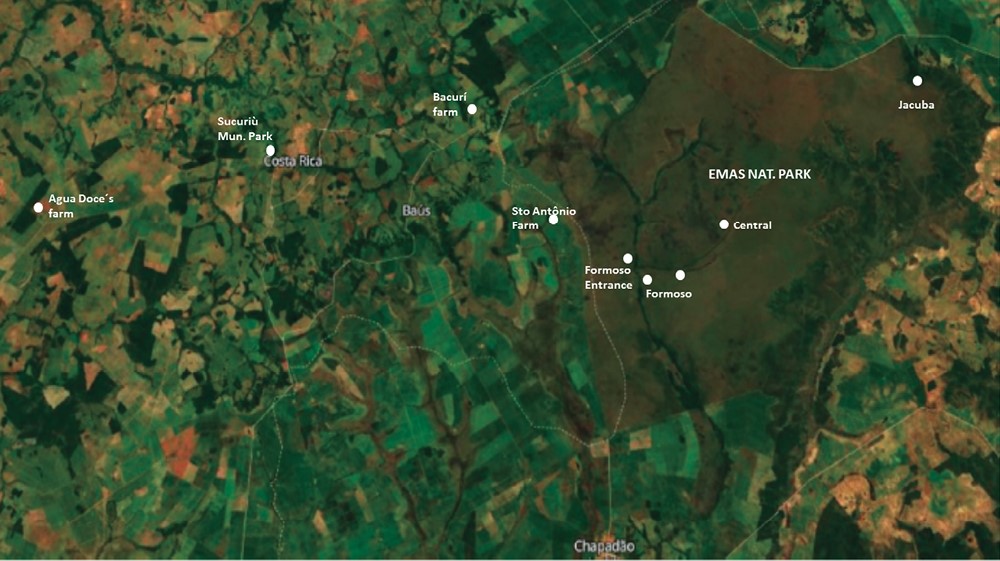 Among the richest ecosystems in bioluminescent Coleoptera in Brazil, the Cerrado (savannas) is the most threatened one by agricultural expansion. The Emas (PNE) and Chapada dos Guimarães (PNCG) National parks are 2 of the last main remnants of the original Cerrado ecosystems in Central-west Brazil. During the past 3 ...
Among the richest ecosystems in bioluminescent Coleoptera in Brazil, the Cerrado (savannas) is the most threatened one by agricultural expansion. The Emas (PNE) and Chapada dos Guimarães (PNCG) National parks are 2 of the last main remnants of the original Cerrado ecosystems in Central-west Brazil. During the past 3 ...
Most read
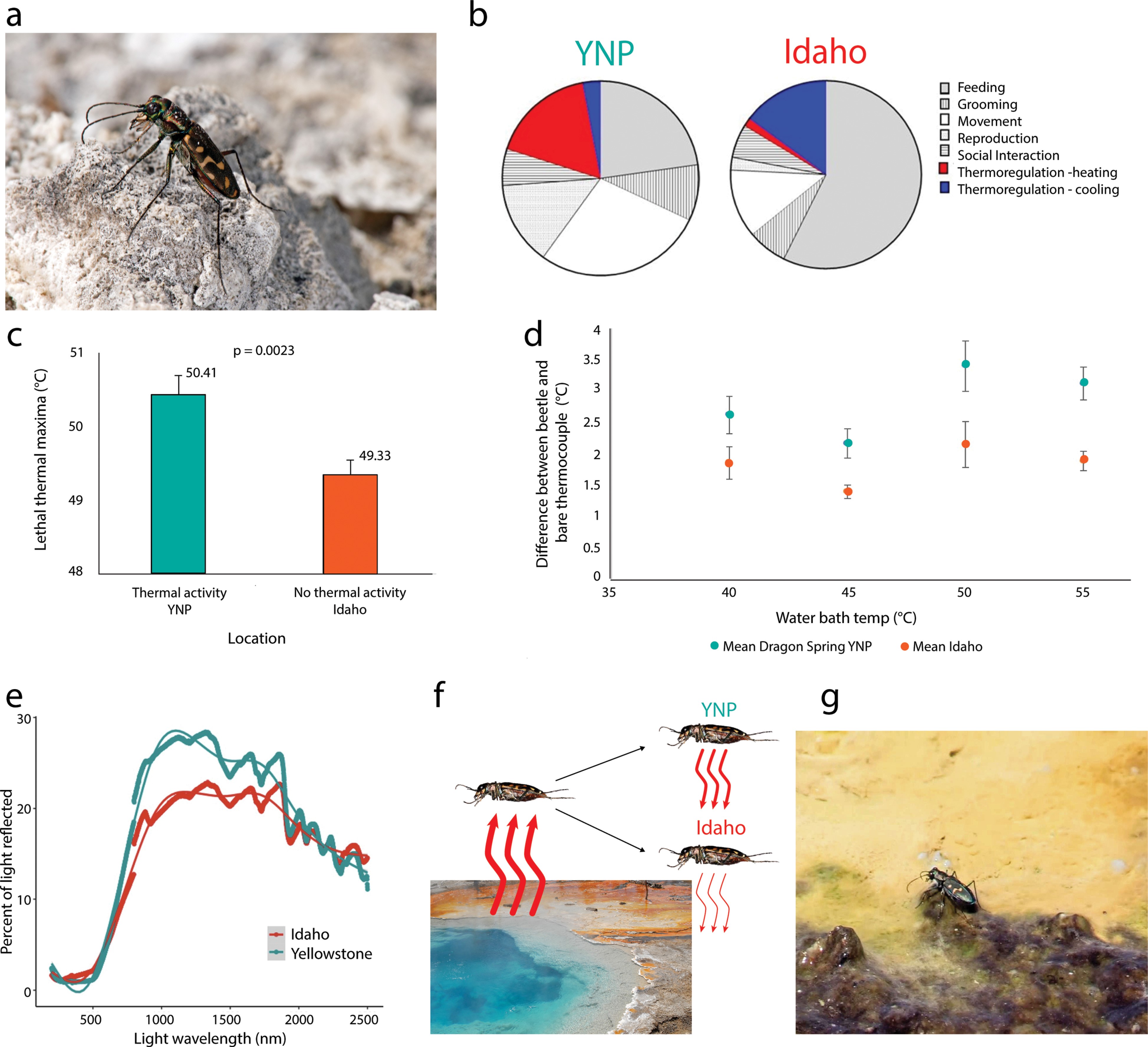 Several metazoans live in extreme environments, but relatively little is known about the adaptations that these extremophiles have evolved to tolerate their conditions. The wetsalts tiger beetle, Cicindelidia hemorrhagica (LeConte) (Coleoptera: Cicindelidae), is found in the western USA, including the active geothermal ...
Several metazoans live in extreme environments, but relatively little is known about the adaptations that these extremophiles have evolved to tolerate their conditions. The wetsalts tiger beetle, Cicindelidia hemorrhagica (LeConte) (Coleoptera: Cicindelidae), is found in the western USA, including the active geothermal ...
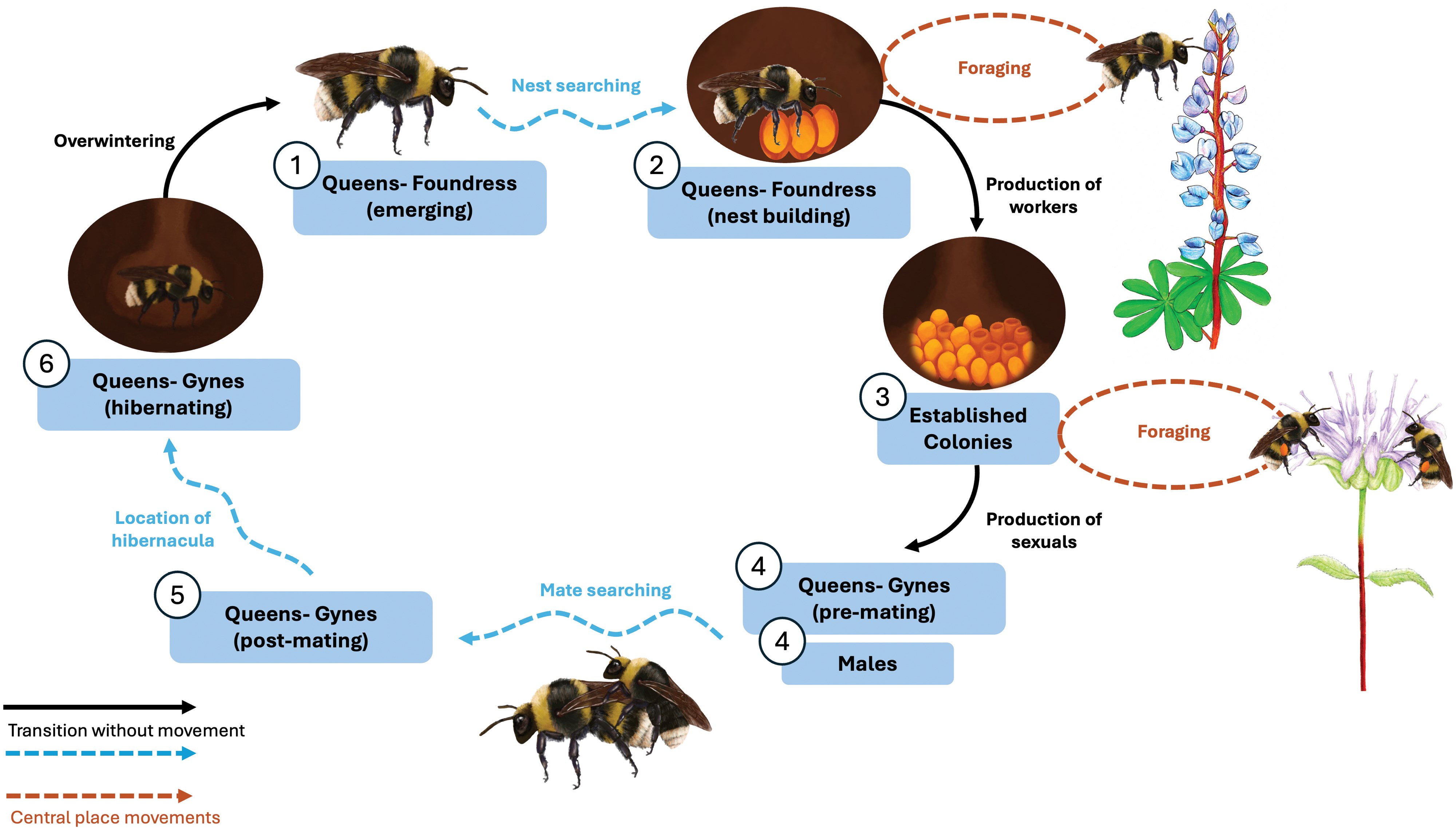 Movement is a dynamic process that changes with ontogeny, physiological state, and ecological context. The results of organismal movement impact multiple dimensions of fitness, population dynamics, and functional interactions. As such, the study of movement is critical for understanding and conserving species. Bumble bees ...
Movement is a dynamic process that changes with ontogeny, physiological state, and ecological context. The results of organismal movement impact multiple dimensions of fitness, population dynamics, and functional interactions. As such, the study of movement is critical for understanding and conserving species. Bumble bees ...
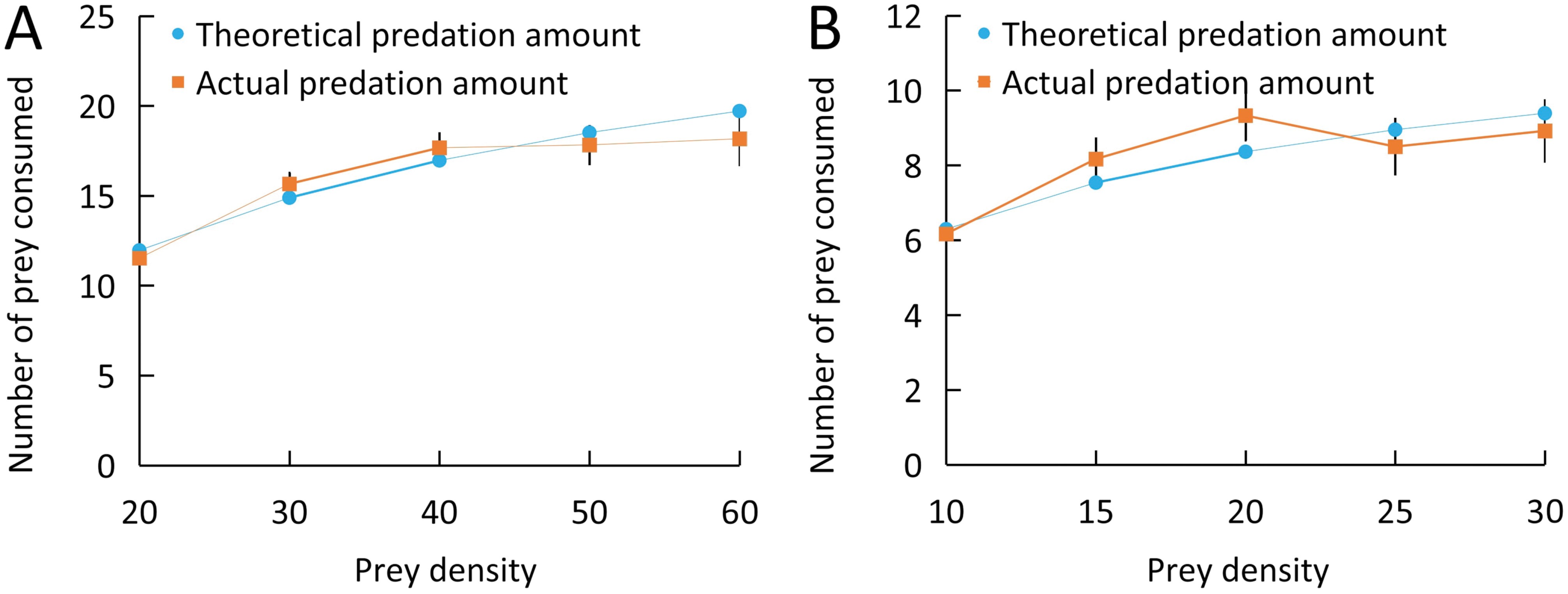 The red imported fire ant, Solenopsis invicta Buren is listed as one of the most invasive alien insect pests and the fifth costliest worldwide. Sustainable and long-term management of S. invicta is achievable using natural enemy insects. So far, parasitic Pseudacteon flies (Diptera: Phoridae) are the most studied natural ...
The red imported fire ant, Solenopsis invicta Buren is listed as one of the most invasive alien insect pests and the fifth costliest worldwide. Sustainable and long-term management of S. invicta is achievable using natural enemy insects. So far, parasitic Pseudacteon flies (Diptera: Phoridae) are the most studied natural ...
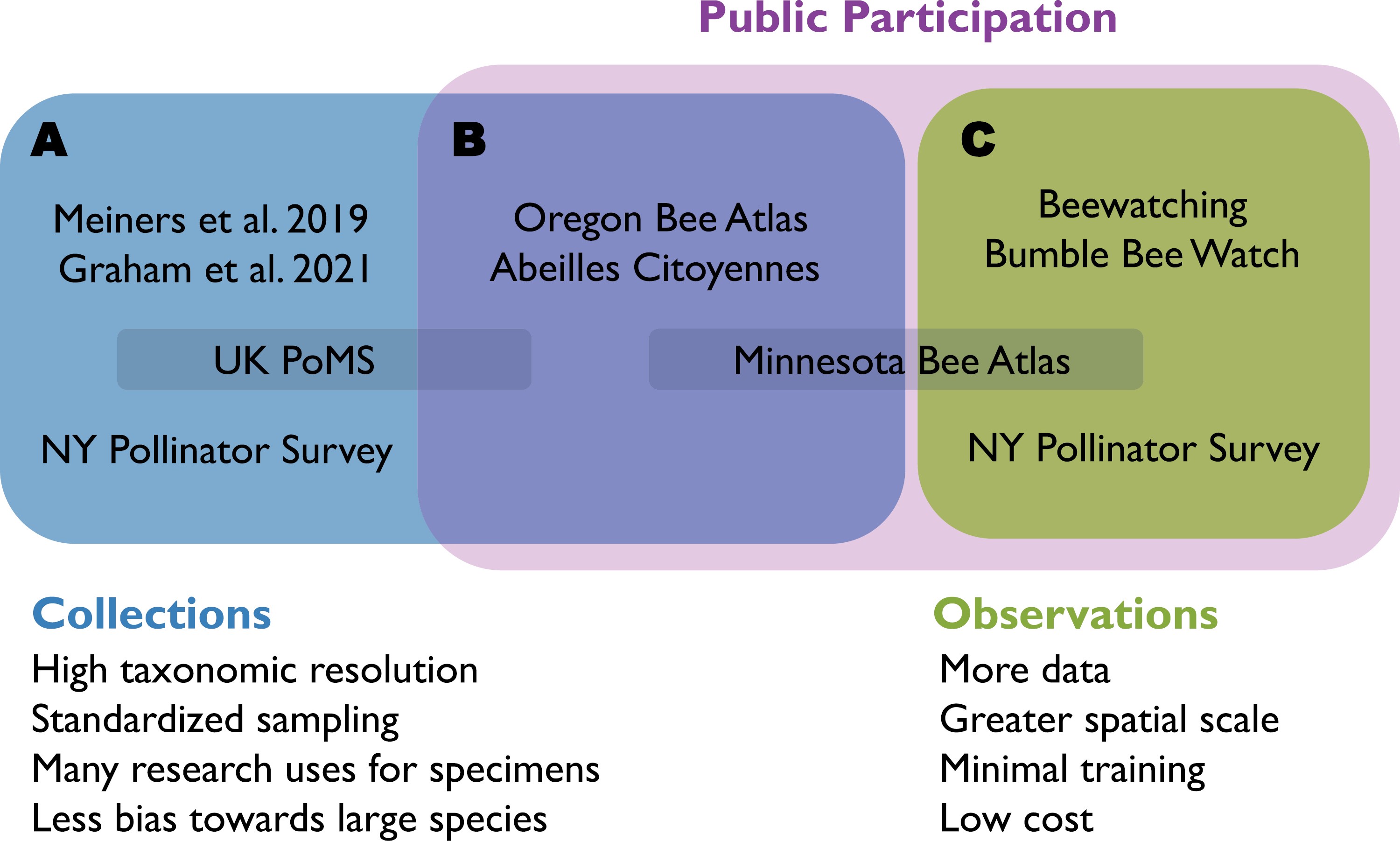 Bee monitoring, or widespread efforts to document bee community biodiversity, can involve data collection using lethal (specimen collections) or non-lethal methods (observations, photographs). Additionally, data can be collected by professional scientists or by volunteer participants from the general public. ...
Bee monitoring, or widespread efforts to document bee community biodiversity, can involve data collection using lethal (specimen collections) or non-lethal methods (observations, photographs). Additionally, data can be collected by professional scientists or by volunteer participants from the general public. ...
 Puddling, a behavior in which butterflies and other insects aggregate on mineral-rich substrates such as mud, animal excrement, carrion, and even human perspiration, is a well-documented phenomenon in both temperate and tropical regions. This behavior is thought to compensate for the limited access to micronutrients in the ...
Puddling, a behavior in which butterflies and other insects aggregate on mineral-rich substrates such as mud, animal excrement, carrion, and even human perspiration, is a well-documented phenomenon in both temperate and tropical regions. This behavior is thought to compensate for the limited access to micronutrients in the ...
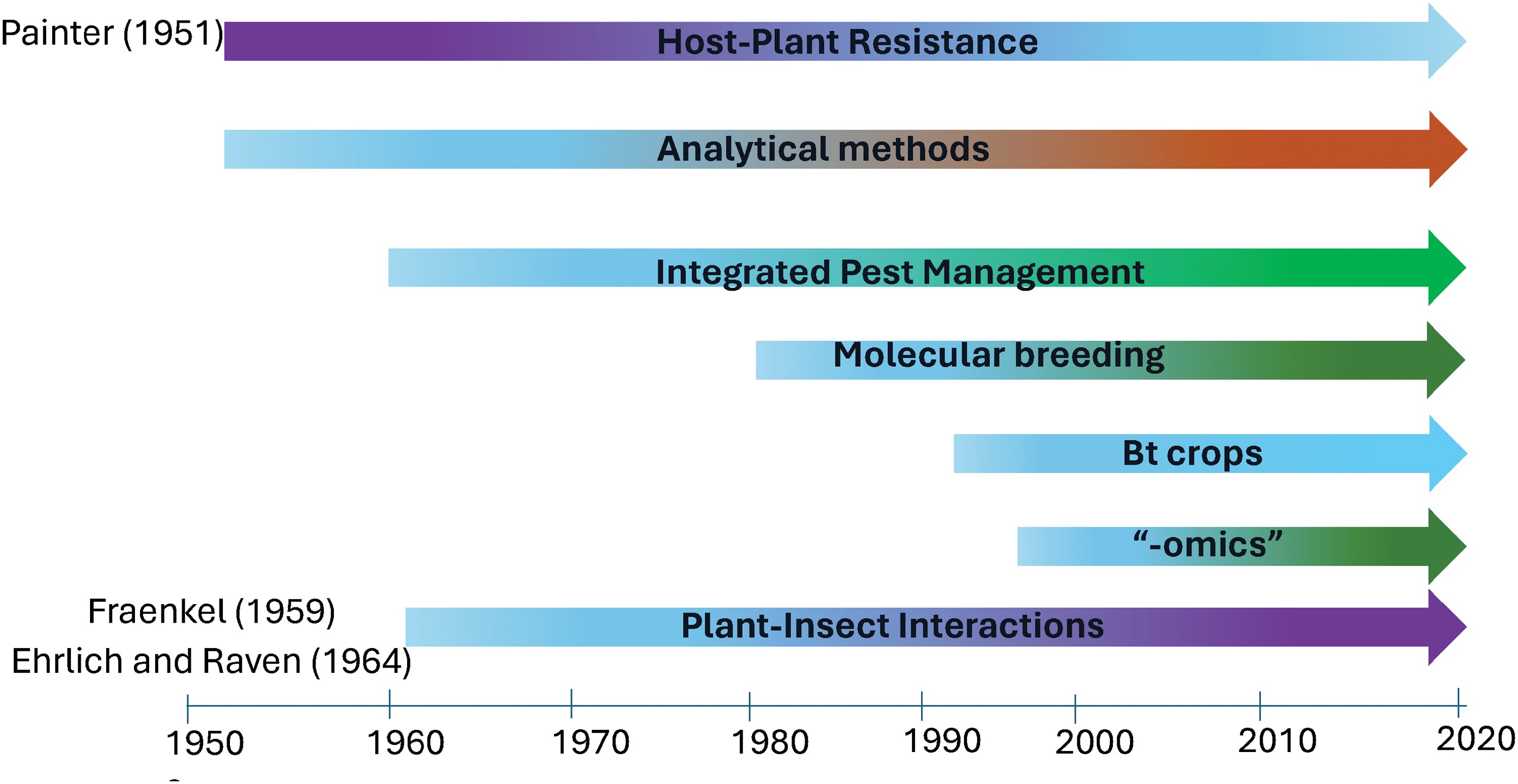 Host–plant resistance (HPR) is a subdiscipline in entomology that aims to understand, develop, and deploy crop varieties resistant to arthropod herbivores. The seminal figure in HPR was Reginald Painter, whose 1951 monograph Insect Resistance in Crop Plants established a conceptual framework and methodological approach for ...
Host–plant resistance (HPR) is a subdiscipline in entomology that aims to understand, develop, and deploy crop varieties resistant to arthropod herbivores. The seminal figure in HPR was Reginald Painter, whose 1951 monograph Insect Resistance in Crop Plants established a conceptual framework and methodological approach for ...
 The subfamily Scarabaeinae has been traditionally divided into tribes on the basis of morphological similarity between groups of genera or, even, dissimilarity shown by a single genus. Although various tribal units have been described over the past 220 years, they had been recently reduced to a maximum of only 12 through ...
The subfamily Scarabaeinae has been traditionally divided into tribes on the basis of morphological similarity between groups of genera or, even, dissimilarity shown by a single genus. Although various tribal units have been described over the past 220 years, they had been recently reduced to a maximum of only 12 through ...
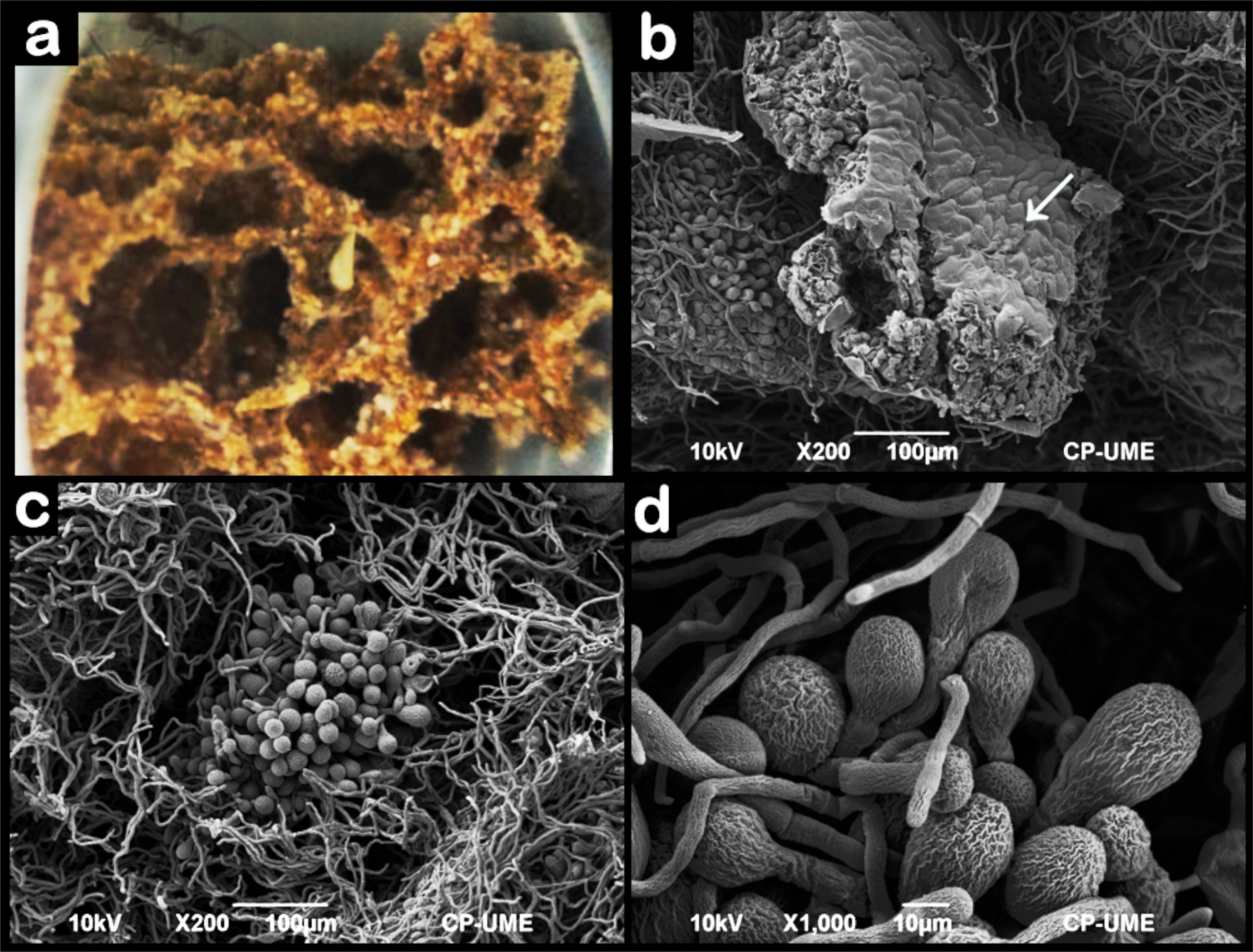 The main function of symbiotic actinobacterias in fungus-farming ants (Formicidae: Myrmicinae: Attini) is to protect the cultivated fungus against the pathogenic fungus Escovopsis spp. The microorganisms with the highest antimicrobial potential are actinobacterias, specifically Pseudonocardia and Streptomyces . These ...
The main function of symbiotic actinobacterias in fungus-farming ants (Formicidae: Myrmicinae: Attini) is to protect the cultivated fungus against the pathogenic fungus Escovopsis spp. The microorganisms with the highest antimicrobial potential are actinobacterias, specifically Pseudonocardia and Streptomyces . These ...
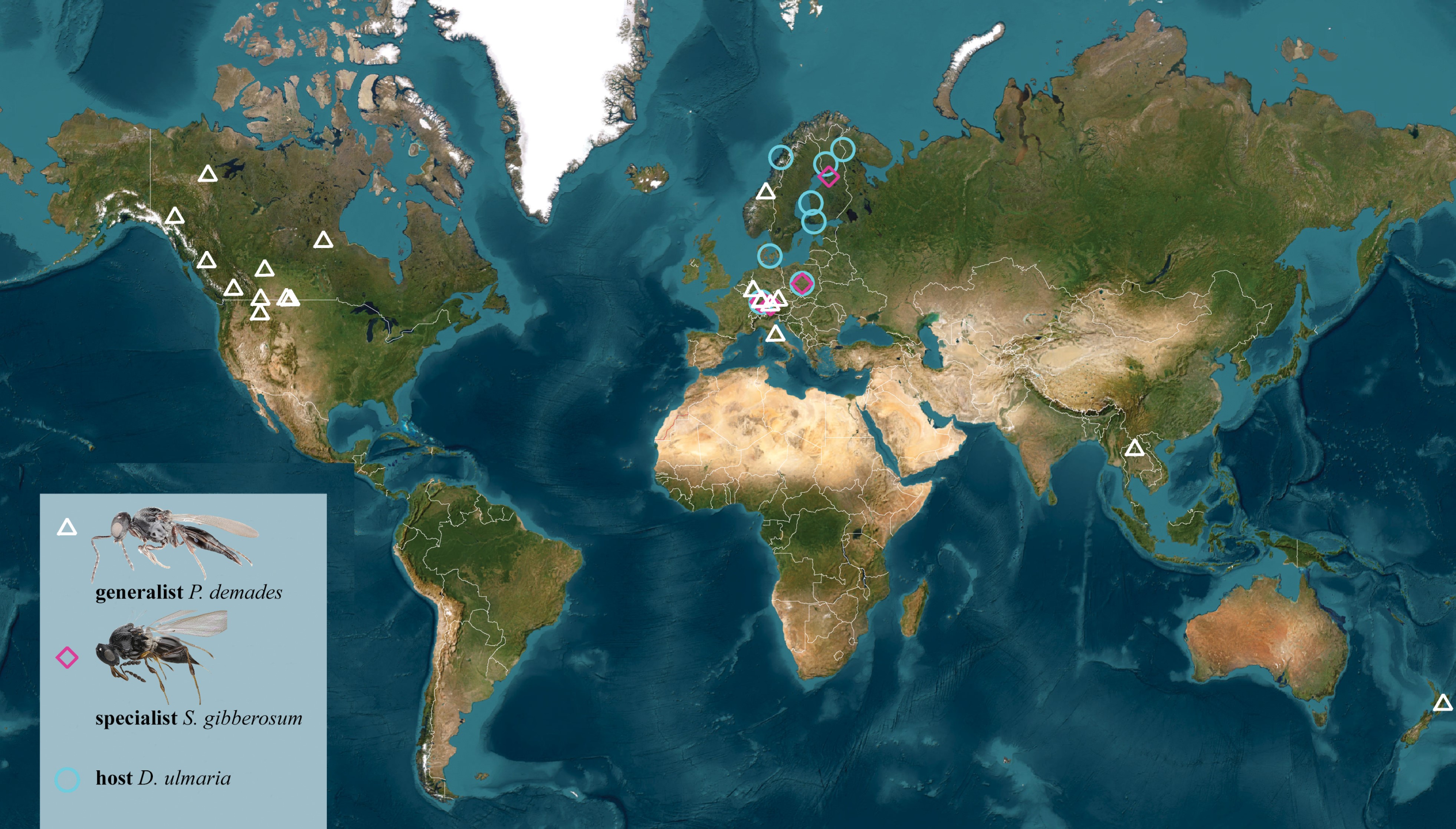 Platygastrine wasps (Hymenoptera: Platygastridae) are parasitoids of gall midges (Diptera: Cecidomyiidae). They and their hosts are exceptionally abundant and speciose, with great relevance to agriculture and biodiversity research. Both groups are also “dark taxa,” whose species identification and ecological associations ...
Platygastrine wasps (Hymenoptera: Platygastridae) are parasitoids of gall midges (Diptera: Cecidomyiidae). They and their hosts are exceptionally abundant and speciose, with great relevance to agriculture and biodiversity research. Both groups are also “dark taxa,” whose species identification and ecological associations ...

Recognizing and Celebrating Women in Science
Oxford University Press is proud to support diverse voices across our publishing. In this collection, we shine a spotlight on the representation of women in scientific fields, the gains that have been made in their fields, from research and major discoveries to advocacy and outreach, and amplify the voices of women who have made a career in scientific research.
Delve into the Women in Science collection

OUP Life Science Twitter
The Life Sciences Twitter channel is dedicated to our latest scientific research, book offers, and publishing opportunities. The channel provides a space to connect with your fellow researchers and join our growing community.
Follow us today


